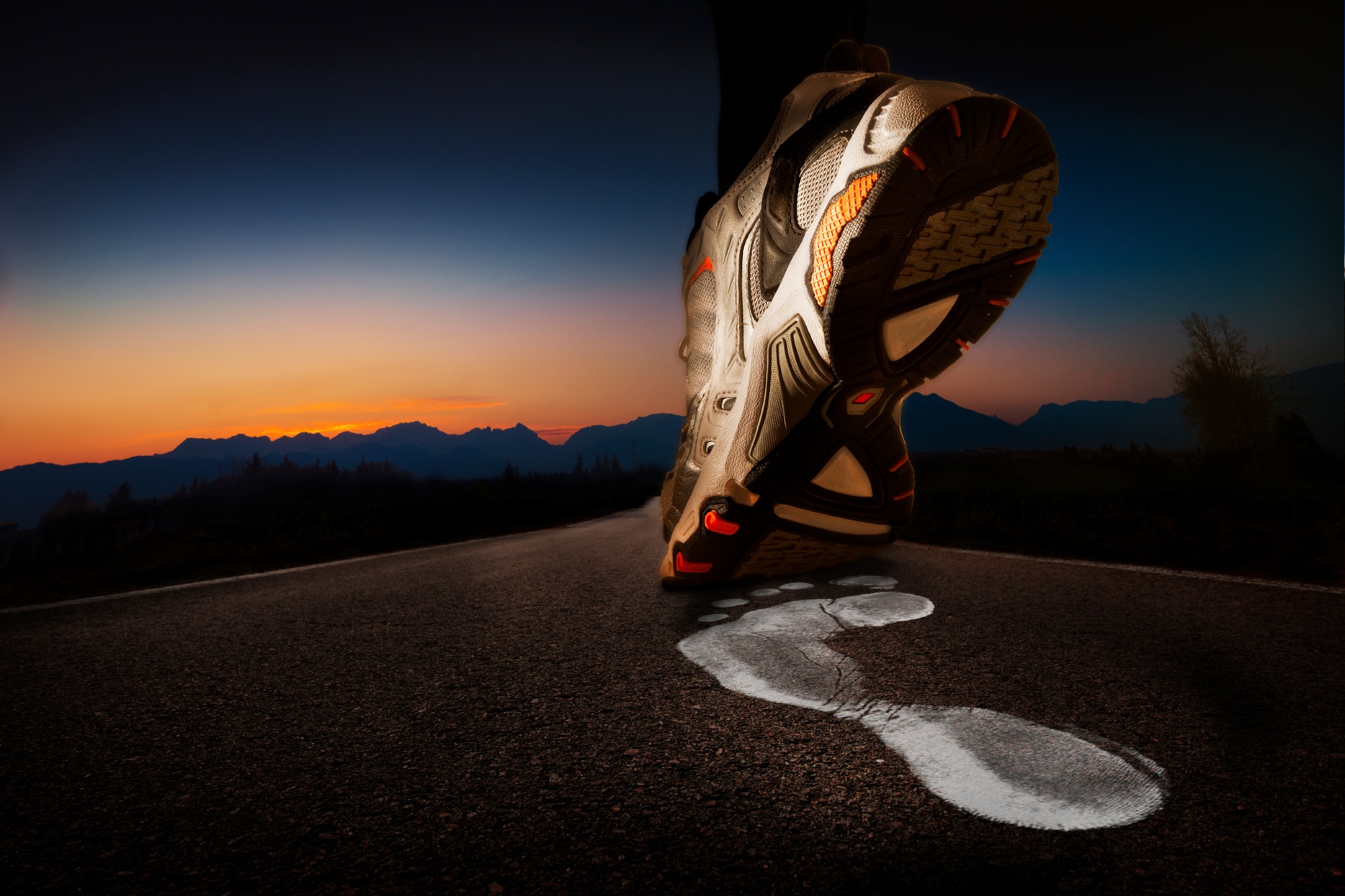
What differentiates Sensoria from all the other wearable technology products out there isn’t just the accurate step counter or cadence monitor, but rather something that is nearly impossible to detect by the runnner’s naked eye, or foot if you will. And that’s our foot landing technique.
A runner’s foot landing is a highly debated topic amongst runners and coaches alike.
Some swear by only heel striking while others believe forefoot striking is the only way to go; and we cannot forget the mid-foot believers!
As we set out to bring to the user quality information not only about how fast and how far but how well they run, it is crucial to deliver their foot striking patterns.
There are numerous studies regarding this topic from some of the best researchers and scientists such as Dr. Donald Goss of UNC-Chapel Hill. Dr. Goss studied lower extremity negative joint work and vertical ground reaction force loading rates in rearfoot-striking (RS) and forefoot strikers (Chi runners). What’s quite interesting in his study is that eleven of the twenty-three forefoot running coaches had to be dismissed from the study due to having no idea which part of their foot they actually landed on.
This is where Sensoria can come to the rescue. For the user to eliminate the need to guess or use expensive cameras is a game changer in the running industry.
With instant audio feedback and alerts, coaches and runners can quickly find and prevent injury-prone running tendencies on the spot and in real-time.
What makes knowing your foot striking so important? Harvard professor Daniel Lieberman conducted a study where he explained how over time, heel-strikers experience impact forces of two to three times their body weight, essentially the same as hitting your heel with a sledgehammer… A thousand times a mile!
To further the importance of this topic, an online survey conducted by Runner’s World received over two million responses in which runners self identified themselves as follows: 15.7% forefoot strikers, 40.9% heel and 43.4% midfoot. Runner’s World then observed slow motion videos of 11,000 runners at the 2013 Boston Marathon and to no surprise the numbers were vastly different from the online survey conducted. While studying the videos, 95.6% of the marathon runners were heel strikers, 2.4% midfoot and 2.1% forefoot strikers. The testing didn’t stop there, though; in a lab of 17 runners claiming to be heel strikers-only 14 really were, 2 out of 7 were forefoot strikers.
Those numbers prove how difficult it is for runners to know how they land on the ground. It’s pretty clear from the studies above that it is nearly impossible to feel or see in real-time how we run.
Many runners are unaware of what they are really doing, and just like in any sport, knowing what you’re doing physically is how the great athletes avoid career ending injuries.
With our pressure sensing socks and real-time audio feedback the user has a tool that can alert if and when they began to fall off their desired foot strike.
On top of that the Sensoria’s odometer will let you know when is time to buy a new pair of shoes. Harvard’s Dr. Davis points to a recent study that tracked runners over a period of 12 weeks in the three different types of shoes—regular running shoes, minimalist shoes, and partially minimalist shoes. Of those, runners with minimalist shoes reported the most injuries while those in regular shoes faired the best.
That the study only covered a 12-week period might signal that the injuries incurred came as a result of the transition to those shoes, Davis says.
She holds that minimalist shoes could still mitigate running injuries if the runner prepares themselves properly. However, Davis says, “If runners are going to continue to land on their heels, they should make sure they have adequate cushioning and that they replace their shoes often.”
For more information regarding our award-winning products, check out www.sensoriafitness.com.
